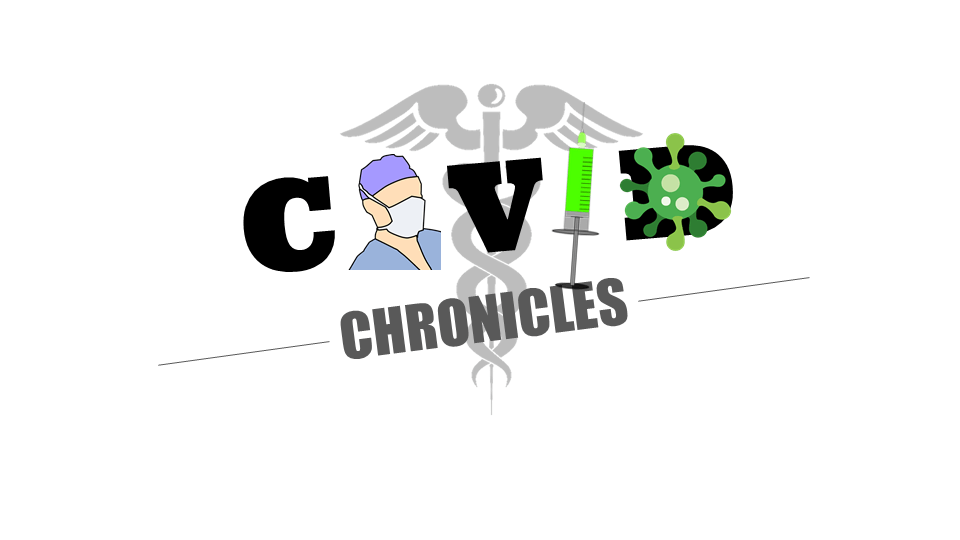There has recently been an increasing appreciation for social determinants of health (SDOH). The term encompasses the circumstances in which people live, including factors such as income, race, food, housing, transportation and environmental conditions. These factors are recognized as the most significant drivers of health, as they can greatly influence a patient’s risk of disease and ability to seek treatment.
Measures to address SDOH can facilitate disease prevention and improve outcomes while lessening the deep social divides in our country. Unfortunately, the COVID-19 pandemic has only exacerbated existing SDOH inequities and uncovered their true impact on society. While the infection was dubbed the “great-equalizer,” as it could cause illness or shut down daily life for anyone regardless of social status, we have seen more devastating effects in marginalized communities. Hospitalization and mortality were significantly worsened in communities with inadequate living and working conditions, less healthcare access and less social or financial capital for investment in protective measures. Similarly, communities of color have experienced significantly higher rates of infection and death due to a variety of factors.
Suboptimal social circumstances can make it difficult to adhere to physician or public health advice. It may be more difficult to afford prescribed medications or follow healthier diets. Similarly, it may be difficult to comply with quarantine restrictions if one’s home does not allow for separation or if staying home from work is not an option. Such conditions can also increase exposure to unhealthy environments.
These patterns can easily be explained. Poorer air quality in marginalized areas may exacerbate respiratory symptoms while inadequate food or exercise may lead to the development of comorbid conditions. Food deserts — communities that lack access to nutritious options and fresh groceries — have consistently trailed other communities in health outcomes. Insufficient occupational protections, along with specific types of jobs — often in the service industry — held by low-paid workers, may increase the risk of viral transmission due to higher frequency of human contact. Finally, a lack of quality education could reduce the ability to access public health information easily or adhere to treatment and vaccination recommendations.
With the pandemic, millions lost employment and social protection systems. The brunt of these job losses was largely borne by working class individuals, whose tasks could not be easily translated to remote work or were no longer necessary as people stayed home. Education was also disrupted, with numerous studies demonstrating the inferior quality of virtual schooling. The shortfalls of virtual learning could disproportionately affect underserved students, who may lack reliable internet connection or home environments that are conducive to learning. These changes could have a cascading effect that worsens health outcomes for years to come.
We have already seen the effects of SDOH on immediate outcomes. However, we have not yet experienced the long-term effects of the pandemic. Hence, we have an opportunity to avoid these harms. Addressing disparities is certainly a moral imperative, and we must always work hard to reduce inequality. Yet this is not only a moral issue, but also a tangible one. The pandemic showed us that inequality can hurt all members of the community, making it clear that nobody is safe until all are protected.
As we emerge from the pandemic, we must further invest in reducing disparities to improve health for all communities. By improving social support systems, including affordable health insurance, fair wages and affordable housing, we can improve accessibility to health care and preventative medicine while reducing risk of illness from environmental factors. These measures have been shown to reduce costs in the long-run while improving overall wellbeing. Similarly, investment in educating future generations is vital. Education can uplift society as a whole, potentially allowing more people to work safer jobs, lead lives of higher quality and produce healthier environments. Furthermore, an educated public may be more receptive to health advice from experts.
Education surrounding SDOH for medical trainees is also vital to increasing awareness about social needs and equipping future physicians with the tools to serve as patient advocates. Medical students are in an excellent position to contribute to the medical team by evaluating social needs and incorporating them into care. Hopefully in the future, physicians will address patients’ needs holistically by better addressing their social needs in addition to prescribing medications or performing procedures.
This would ultimately improve the patient-provider partnership and encourage healthier lifestyles while hopefully reducing preventable readmissions. Finally, we must continue to address structural racism, as race should not be a barrier to accessing equal care. Structural racism allows numerous economic and social factors to cumulatively limit underserved communities from leading healthy lives and seeking necessary treatments. This can compound existing barriers within communities.
Overall, worsening SDOH during the pandemic will likely have generational effects. Unfortunately, the pandemic has driven millions further into poverty. This makes it likely that even more people will face SDOH-related inequalities should new health threats arise after COVID-19. By addressing this issue, we can reduce the harms of a future pandemic while also improving outcomes for more routine health conditions and reducing health care costs.
The COVID-19 pandemic posed a tremendous challenge to our community — certainly from a health perspective, but also in nearly every other aspect of daily lives. Our daily routines were upended — from the way we work, play, learn, socialize and travel. Numerous times, the unimaginable happened, and it is safe to say we will never see the world in the same way again. As future physicians, it is important that we recognize the challenges faced by the health care space during the pandemic, and perhaps more importantly, the everlasting transformations that our future medical students, physicians and patients will encounter. This column explores the countless obstacles we overcame and their everlasting effects, along with emerging trends that we will see in health care for the years to come.

